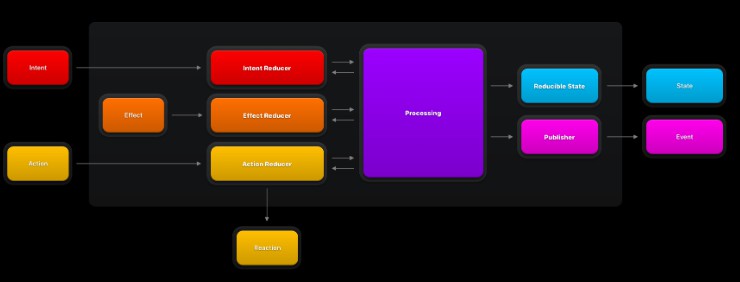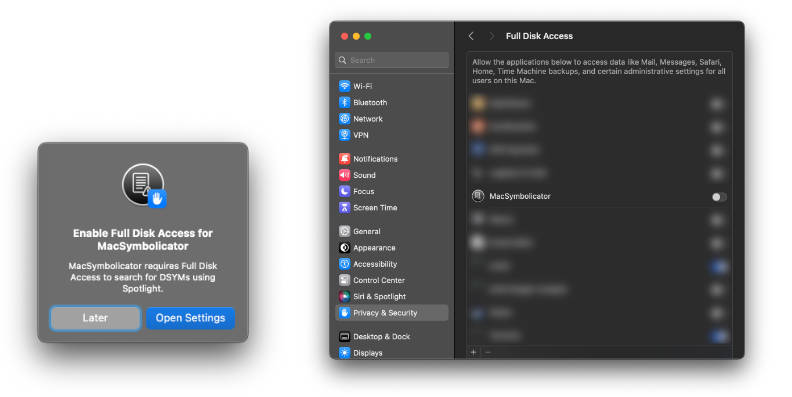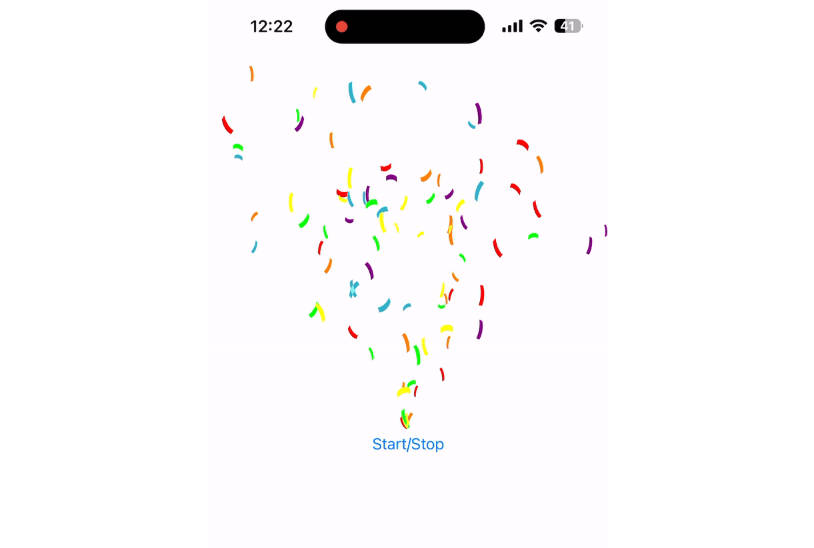SwiftMVI
SwiftMVI is an open-source library of definitions and related extensions for modern swift application development.
Overview
SwiftMVI provides the following features:
- Lightweight & scalable: Wide range of possible implementations from a single reducer to complex feature
- Able to publish events
- A simple but very effective API bind your combine publishers to reducers and publishers.
The goal is a set of protocols for archiving structured data flow that takes minimal effort.
There are some important differences compared to other MVI implementations.
First of all, in SwiftMVI state is a mutable ObservableObject, therefore the reducers are not return anything not even an effect. The reducers can connect using the Processing protocol and its api. Your existing Combine publishers can be connected using .bind method and your implemented Feature can be inserted as A Publisher instance. in any process using EventReducer.
Installation
You can use Swift Package Manager to integrate the library by adding the following dependency in your Package.swift file or by adding directly within Xcode:
.Package(url: "https://github.com/xtro/SwiftMVI.git", majorVersion: 1)
Usage
To build a ui feature using the SwiftMVI you define some types and values that model your domain:
- ReducibleState: A type that describes the state of your UI.
- Intent: A type that represents all of the actions that can happen in your feature, such as user actions, notifications, event sources and more.
- IntentReducer: A function that handles intents and processes them over time.
- Processing: Enable processing functionalities in a feature.
As a basic example, consider a UI that shows a number along with “+” and “−” buttons that increment and decrement the number.
Here we need to define a type for the feature’s state, which consists of an integer for the current count:
import SwiftMVI
class Feature: ObservableObject, ReducibleState {
class State {
var count = 0
}
var state = State()
}
We also need to define a type for the feature’s intents, there are two intents one for the increase and one for decrease:
extension Feature: IntentReducer {
enum Intent {
case increment
case decrement
}
}
And then we implement the reduce method which is responsible for handling the behaviour of the feature. In this example to change the state we need to add Processing protocol and call .state:
extension Feature: IntentReducer, Processing {
enum Intent { ... }
func reduce(intent: Intent) {
switch intent {
case .increment:
state {
$0.count += 1
}
case .decrement:
state {
$0.count -= 1
}
}
}
}
And then finally we define the view that displays the feature, adding as StateObject or ObservedObject and call by passing its Intent:
struct FeatureView: View {
@StateObject var feature = Feature()
var body: some View {
VStack {
HStack {
Button("−") { feature(.decrement) }
Text("\(feature.state.count)")
Button("+") { feature(.increment) }
}
}
}
}
Sponsors
SwiftMVI is an MIT-licensed open-source project with its ongoing development made possible entirely by the support of awesome backers. If you’d like to join them, please consider sponsoring this development.
Contributing
Pull requests are welcome. For major changes, please open an issue first to discuss what you would like to change.
Please make sure to update tests as appropriate.
License
This library is released under the MIT license. See LICENSE for details.






